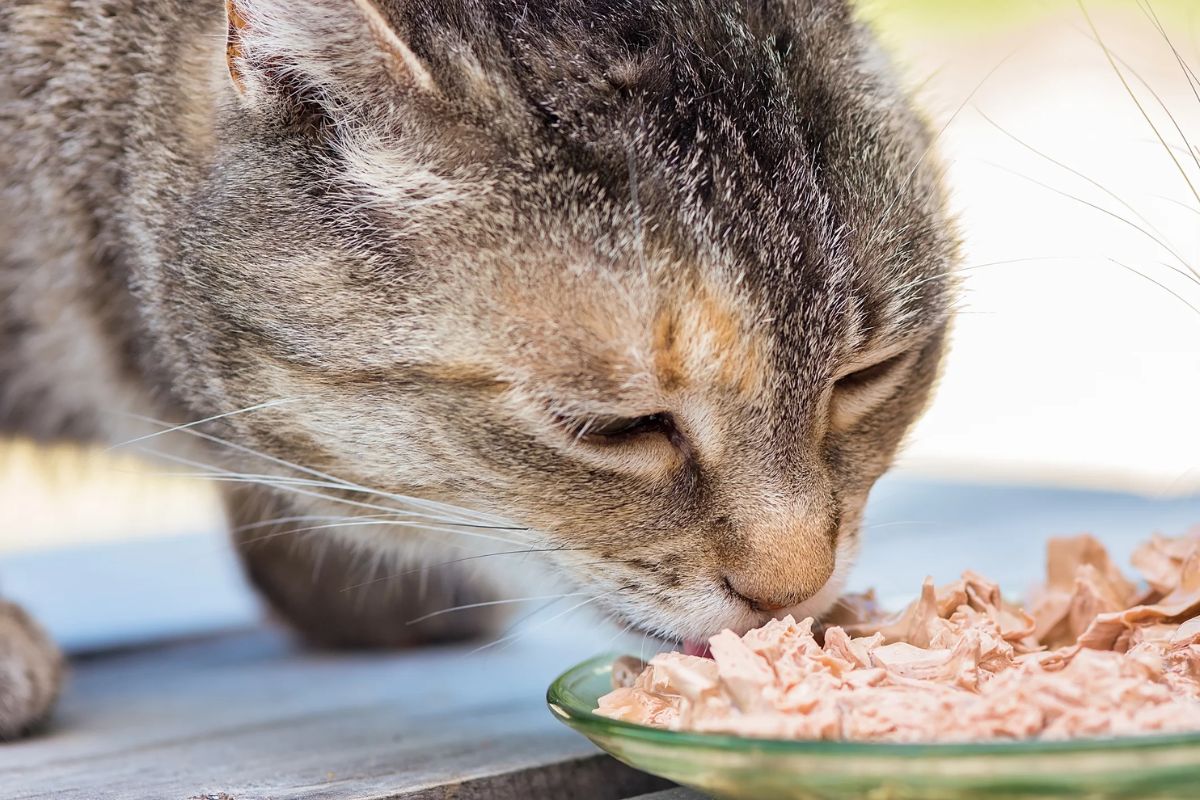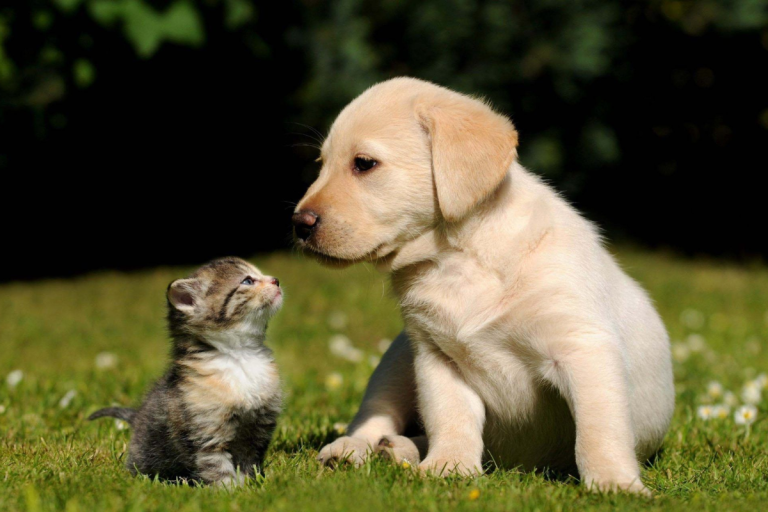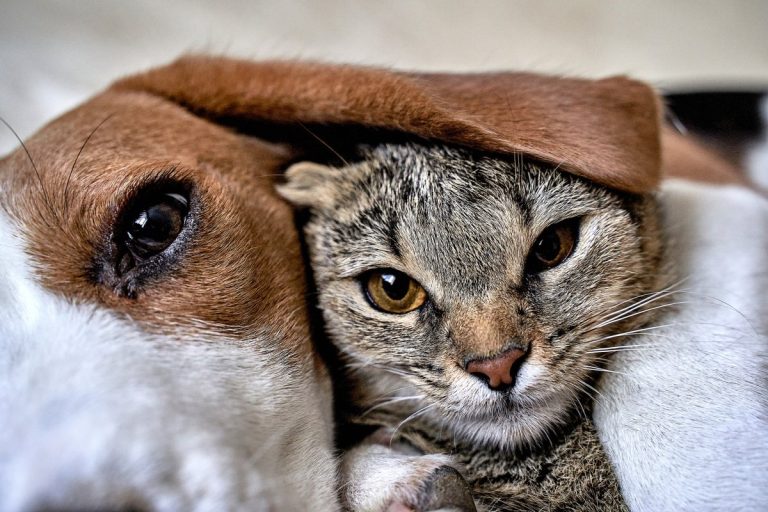How Much Wet Food Should I Feed My Cat?
As a
Why Wet Food is Beneficial for Cats
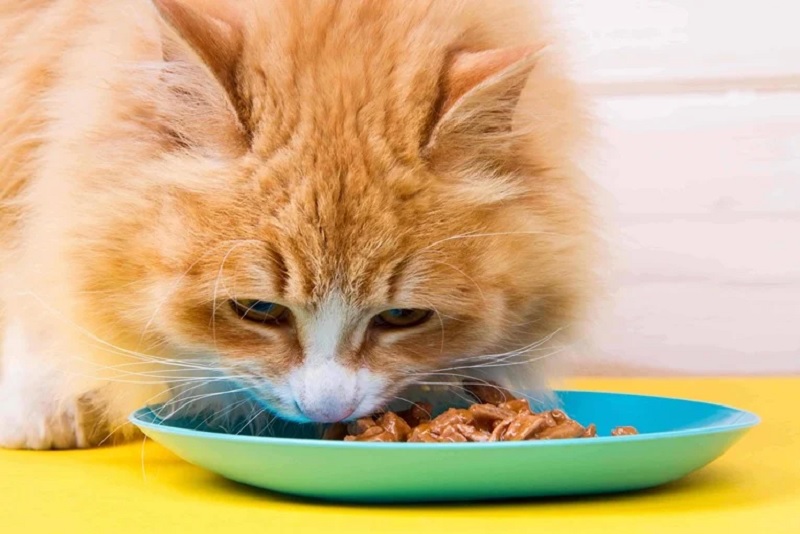
You might already know that wet food is a great option for cats, but do you know why it’s so beneficial? First off, wet food is more closely aligned with a
Moreover, wet food contains a significant amount of moisture—usually around 75-80%. This hydration is crucial because cats don’t always drink enough water on their own. In the wild, cats get most of their hydration from prey, so wet food mimics this natural water intake, helping to prevent urinary tract issues and kidney problems, which are common in cats.
Dry food may be convenient, but it lacks the moisture your
Factors That Influence How Much Wet Food to Feed Your Cat
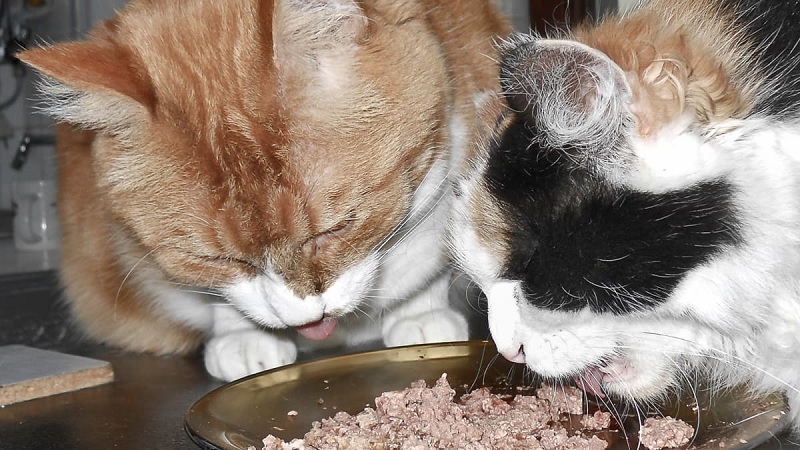
There’s no one-size-fits-all answer to how much wet food you should be feeding your
Age of the Cat
Kittens need more calories and nutrients than adult or senior cats because they are growing rapidly. If you have a kitten, you’ll likely need to feed them more frequent, smaller portions of wet food throughout the day.
Weight and Body Condition
If your
Activity Level and Metabolism
A highly active
Special Dietary Needs
Some cats have medical conditions that require special diets. If your
How to Determine the Right Portion Size
Now that you know what factors play a role in how much food your
1. Use Your Cat ’s Weight to Estimate Food Quantity
Most commercial wet
2. How Many Meals Per Day?
It’s best to divide your
3. General Guidelines Based on Cat Food Labels
Always check the label for manufacturer-specific guidelines. However, remember that these are general recommendations. Adjusting the amount based on your
4. Consult a Vet for Personalized Advice
If you’re unsure or your
How to Transition from Dry to Wet Food
If your
Gradual Change Process
Start by mixing a small amount of wet food with their regular dry food. Over the course of a week or two, slowly increase the amount of wet food while decreasing the dry food until the transition is complete.
Monitor Your Cat ’s Response
Watch for any signs of digestive issues, such as vomiting or diarrhea. If your
Adjusting Feeding Amounts During the Transition
Keep in mind that wet food is generally more calorie-dense than dry food, so you may need to adjust the portion sizes during the transition to avoid overfeeding.
Tips to Ensure Your Cat Is Getting Enough Nutrition
It’s easy to overfeed or underfeed your
Avoid Overfeeding or Underfeeding
Overfeeding can lead to obesity, while underfeeding can result in malnutrition. Keep a close eye on your
Understand Feeding Charts on Food Labels
These charts are a great starting point, but remember, they are guidelines. Use them to help determine portion sizes, but don’t be afraid to adjust based on your
Mixing Wet and Dry Food for a Balanced Diet
Some pet owners prefer to feed a mix of wet and dry food. If you choose this route, ensure that both types of food provide complete nutrition. Feeding a combination can also add variety and prevent your
Conclusion
Feeding your
FAQs
1. How many times a day should I feed my
It’s recommended to divide your
2. Is it okay to mix wet and dry food for my
Yes! Mixing wet and dry food can offer your
3. How can I tell if my
Monitor your
4. Should I give more wet food to a kitten than an adult
Kittens generally need more frequent feedings and more calories than adult cats because they are growing. Follow specific guidelines for kittens on the food label or consult your vet.
5. What should I do if my
Try different flavors or textures, as some cats can be picky. You can also warm the wet food slightly to enhance its aroma. If the issue persists, consult your vet to rule out any health problems.
